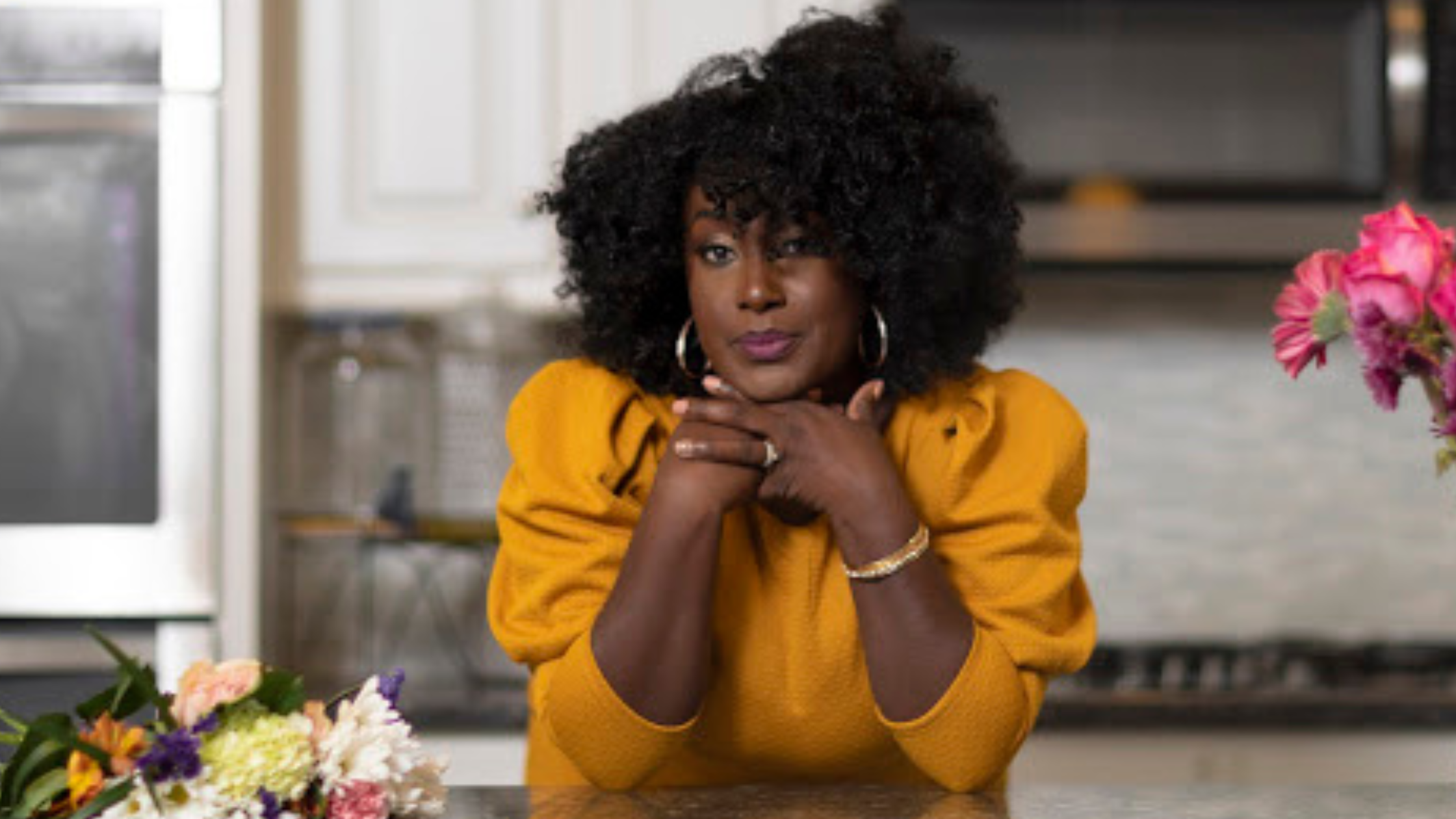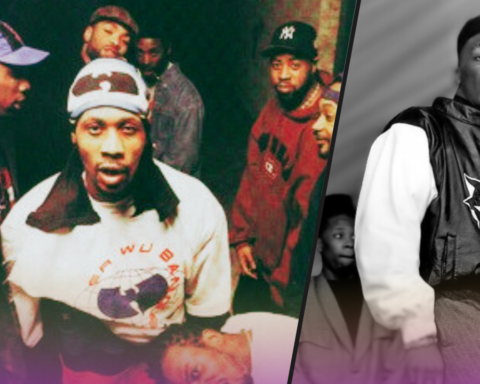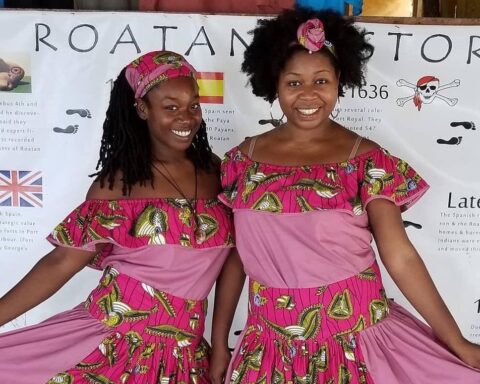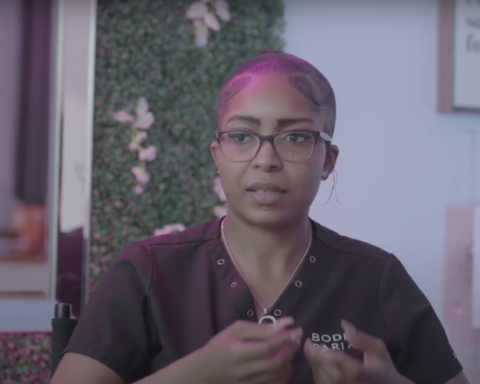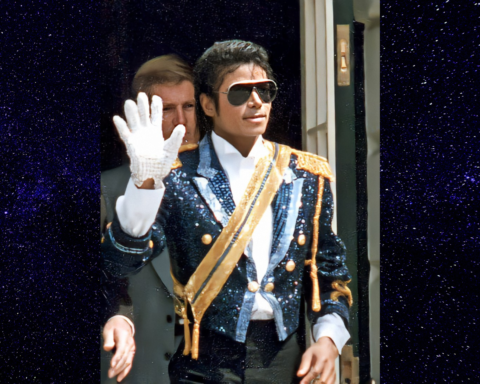How easy has it been for you as a Black man or Black woman to find a Black primary care physician? Or for Black women, perhaps a Black OBGYN in a fast city like New York, Seattle, or Nashville? Without a doubt, when it comes to the presence of Black doctors in the medical profession, there is a grand underrepresentation.
A report by the Association of American Medical Colleges revealed that a mere 5.7% of active physicians self-identify as Black or African American, while a significant majority, accounting for 63.9%, identify as white. Additionally, 20.6% identify as Asian and 6.9% as Hispanic.
Dr. Sanlare Gordon, DO, a staff physician at Pandia Health, who specializes in obstetrics & gynecology identifies several factors contributing to the underrepresentation of Black doctors, such as disparities in standardized testing, limited access to specialized fields, and geographic disparities.
“It’s hard for us to get into these medical schools. And then when you get into these medical schools, now you have these standardized tests that are in your way to even get you to the next level,” said Dr. Gordon.
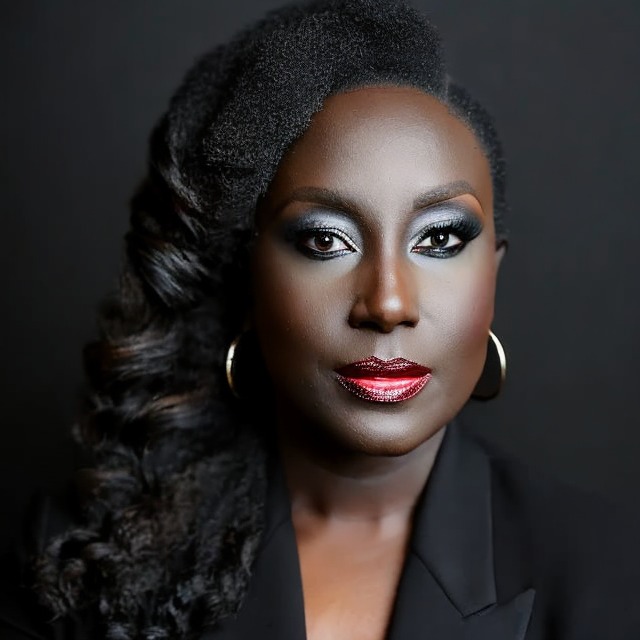
Dr. Gordon completed her studies at the Edward Via College of Osteopathic Medicine, obtaining a Doctor of Osteopathic Medicine degree. She then pursued her residency in Obstetrics & Gynecology at St. John’s Episcopal Hospital and is certified by the American Osteopathic Board of Obstetrics and Gynecology as a physician.
The underrepresentation of Black individuals begins even before they officially enter the field while pursuing their medical doctoral education. There are systemic barriers and disparities that contribute to the near prevention of Blacks gaining access to degrees in the field of medicine due to standardized testing.
It is no secret that standardized testing holds a racist infancy that has proceeded to handicap the Black populace from retrieving equal opportunities as that of their white counterparts. The racist nature of standardized testing can be attributed to the eugenicists of the 20th century, who assumed that the quality of education in America would decline because of increasing immigration.
Prospective Black physicians face significant challenges that ultimately affect their ability to thrive in academic settings, particularly when it comes to finding strong mentorship. This was once a struggle for Dr. Gordon who overcame the challenge by being an active networker who was ethical in their pursuit of the medical field.
“So it’s more so putting more of us back in those positions to where we can call a medical school. I’ve called, you know, my medical school plenty of times and be like, hey, this application is coming across your desk, like put them in. And someone did that for me,” recalled Dr. Gordon.
Aspiring physicians hold a strong need for inspiration. This is not just limited to mentorship, but certainly representation. Without Black doctors in directorial and leadership positions in the field, aspiring Black doctors would be remiss to view the grand trajectory of their medical careers. A combination of positions of authority and mentorship can serve as a forthgoing act to challenge this stance of underrepresented Black doctors.
“So you know how the saying goes that in order to see more people like you, it has to be somebody there to kind of like pull you up. And the problem is we don’t have many people in positions to pull us up,” said Dr. Gordon.

The underrepresentation of Black doctors has a disproportionate impact on the community due to limited accessibility. Black women experiencing racial and ethnic disparities in reproductive health services often prefer to seek care from a Black female OBGYN. For instance, with conditions like fibroids, which affect over 50% of African-American women by the age of 50, the lack of access to preferred Black physicians can exacerbate these conditions due to a lack of understanding and consideration from non-Black OBGYNs.
In major urban centers such as New York, a Black woman may encounter difficulty in accessing a Black doctor due to proximity, limited availability, or acceptance of insurance, creating financial obstacles.
“I too look for black women to be my OBGYNs,” said Dr. Gordon. “I really and truly do. And it can be very challenging even in places where you think that it shouldn’t be. You think Atlanta, New York, Charlotte. Yes, you might find them, but she booked. She booked all the way out. Exactly. Well, you have to look six months ahead of time. It’s like, but my problem is urgent.”
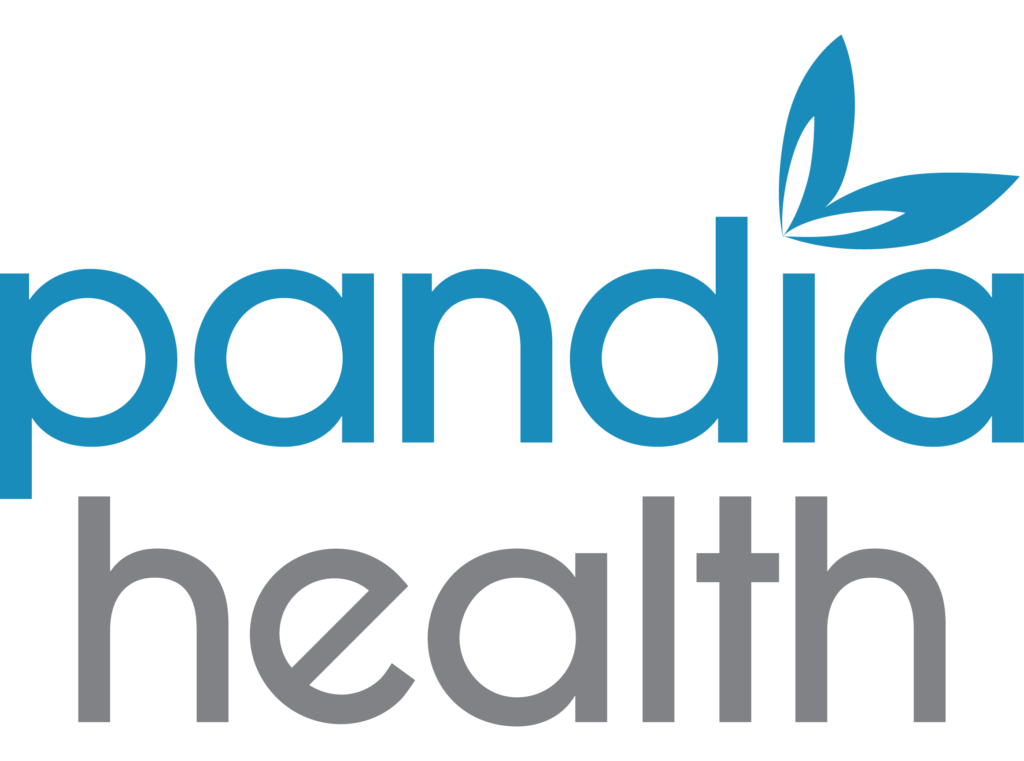
A staff physician at Pandia Health, Dr. Gordon aims to address accessibility to Black or BIPOC (Black, Indigenous, and People of Color) doctors in America. Pandia Health offers telehealth services that can potentially connect patients, including Black individuals, with a diverse network of healthcare providers, regardless of geographic location. This can help overcome barriers related to physical proximity and enhance access to Black or BIPOC doctors for individuals seeking healthcare services.
The key solution to the underrepresentation of Black doctors is for them to take action and create spaces and opportunities that may be unorthodox, but are necessary to address the lack of diversity in medicine.
image sources
- Dr. Sanlare Gordon, DO: Courtesy of Dr. Sanlare Gordon
- Pandia Health Travel Bag: Courtesy of Dr. Sanlare Gordon and Pandia Health
- Pandia Health: Courtesy of Dr. Sanlare Gordon and Pandia Health
